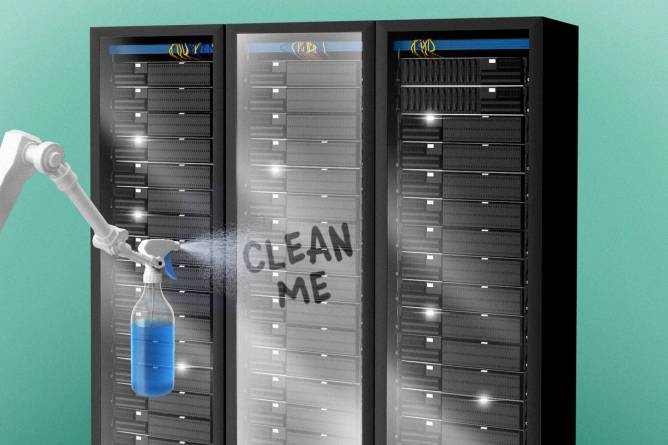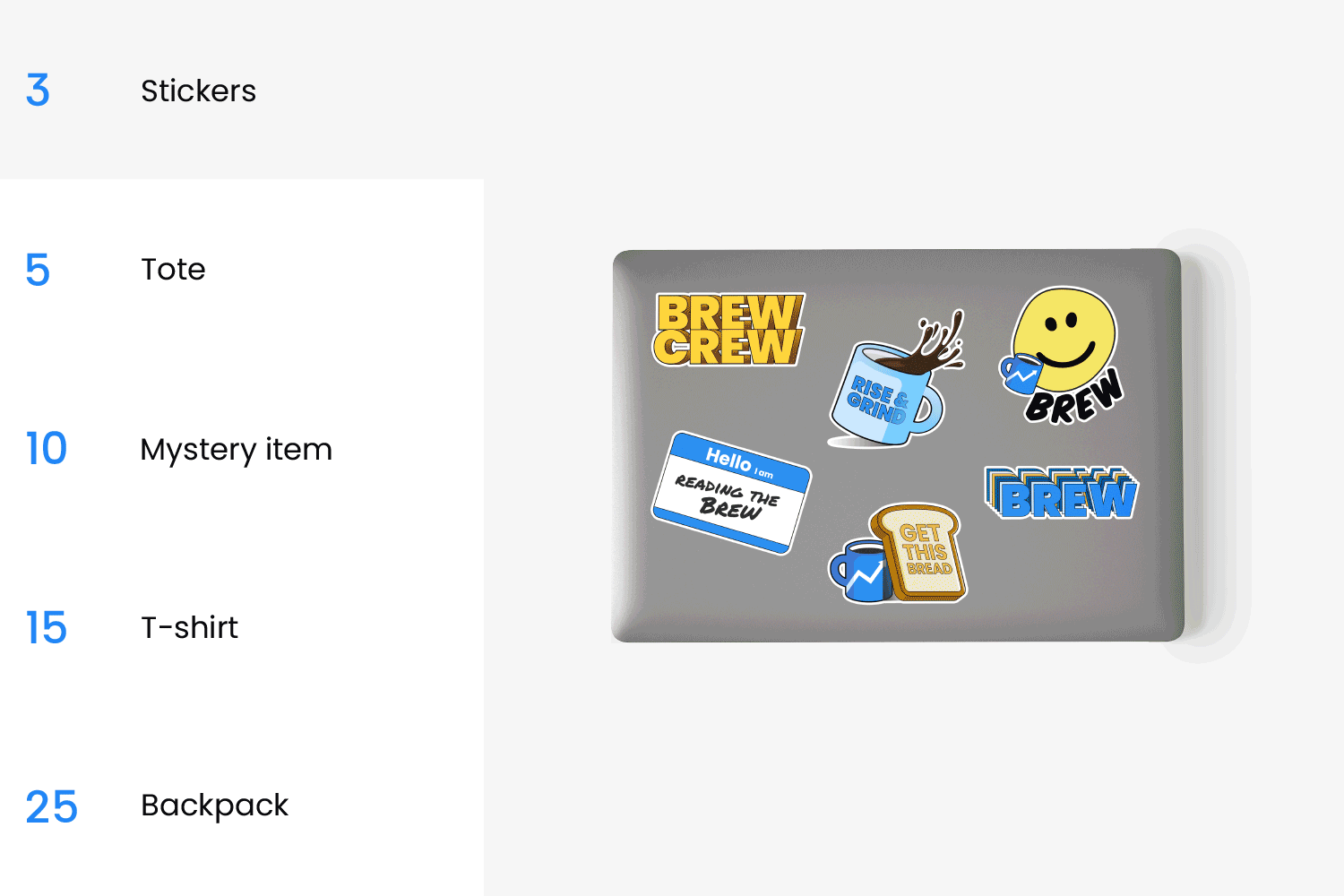|
A little under a year from now, on Oct. 14, 2025, Windows 10 faces an expiration date.
That’s when Microsoft has said it will officially cut off support for the operating system in favor of its successor, Windows 11. Just one problem—the vast majority of enterprises haven’t upgraded, even as the clock keeps ticking.
Recent data from Lansweeper shows Windows 11 adoption has sped up dramatically, but has yet to gain even a full quarter of the Windows market. Since September 2023, Windows 11’s share has grown from 8% to 23%, while Windows 10’s share has dropped from 81% to 68%.
There are only a handful of ways for enterprises to still gain critical security updates after Microsoft deprecates Windows 10. One of them is the Long-Term Servicing Channel (LTSC), which Lansweeper’s data shows just 3.5% of enterprises are using. Another is Extended Service Updates (ESU), in which customers pay for continued security fixes, but which is quite expensive at $61 per device in the first year and rising to $244 by year three.
Michael Cherry, the Windows analyst at IT information and advisory service Directions on Microsoft, told IT Brew some organizations may be playing a risky game of chicken, hoping that the tech giant grants a stay of execution to the old OS.
Read the rest here.—TM
|









